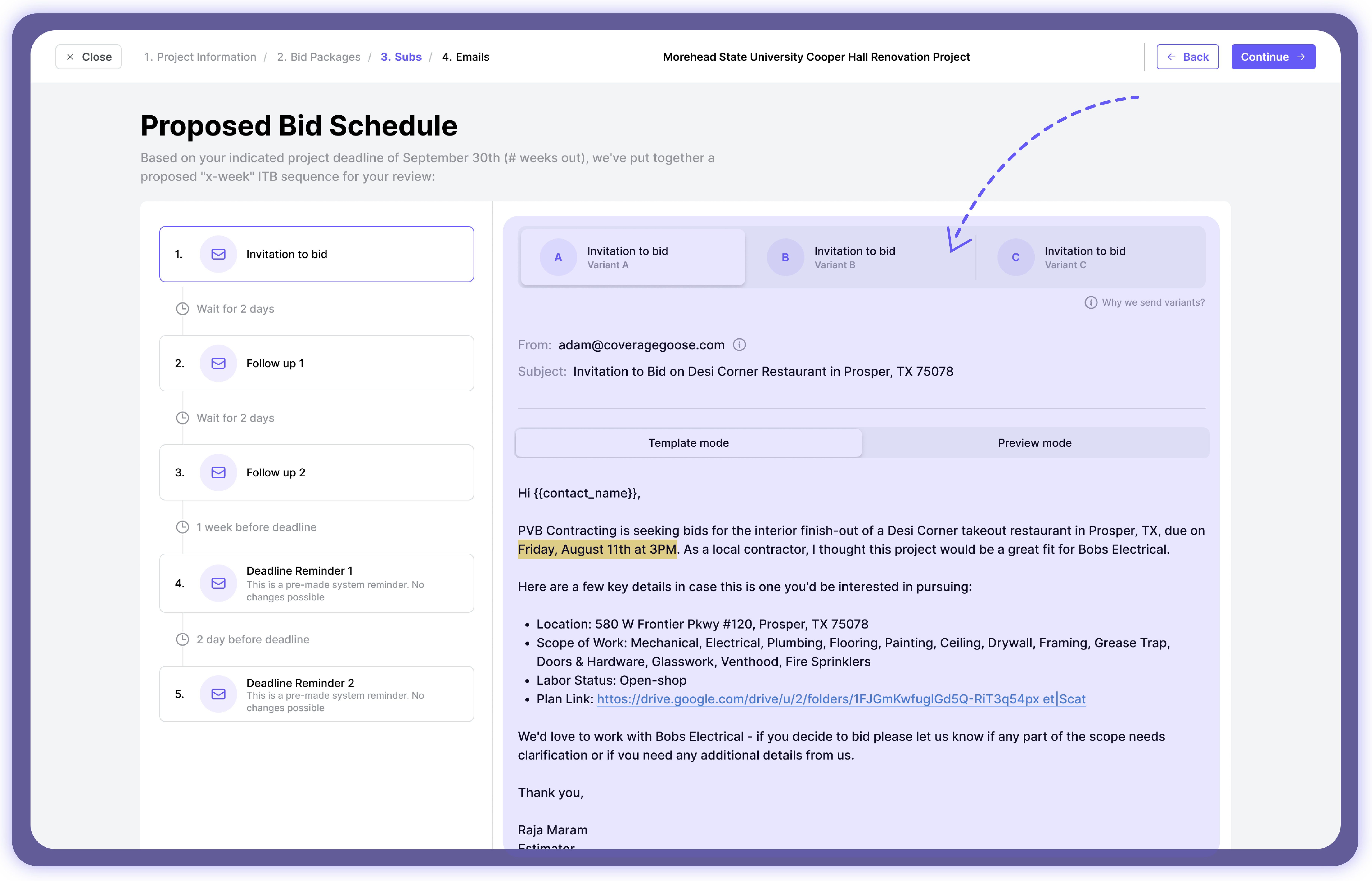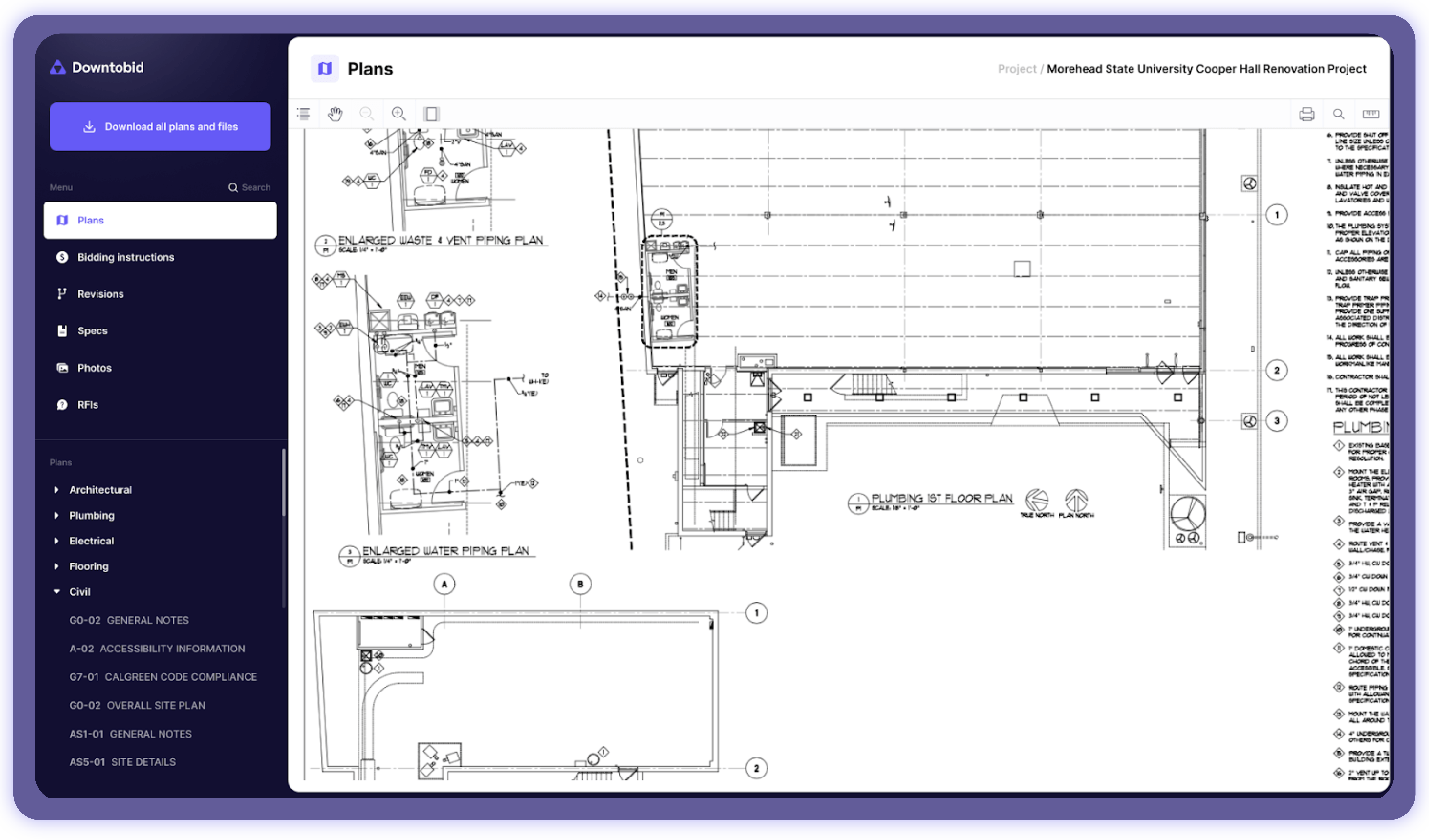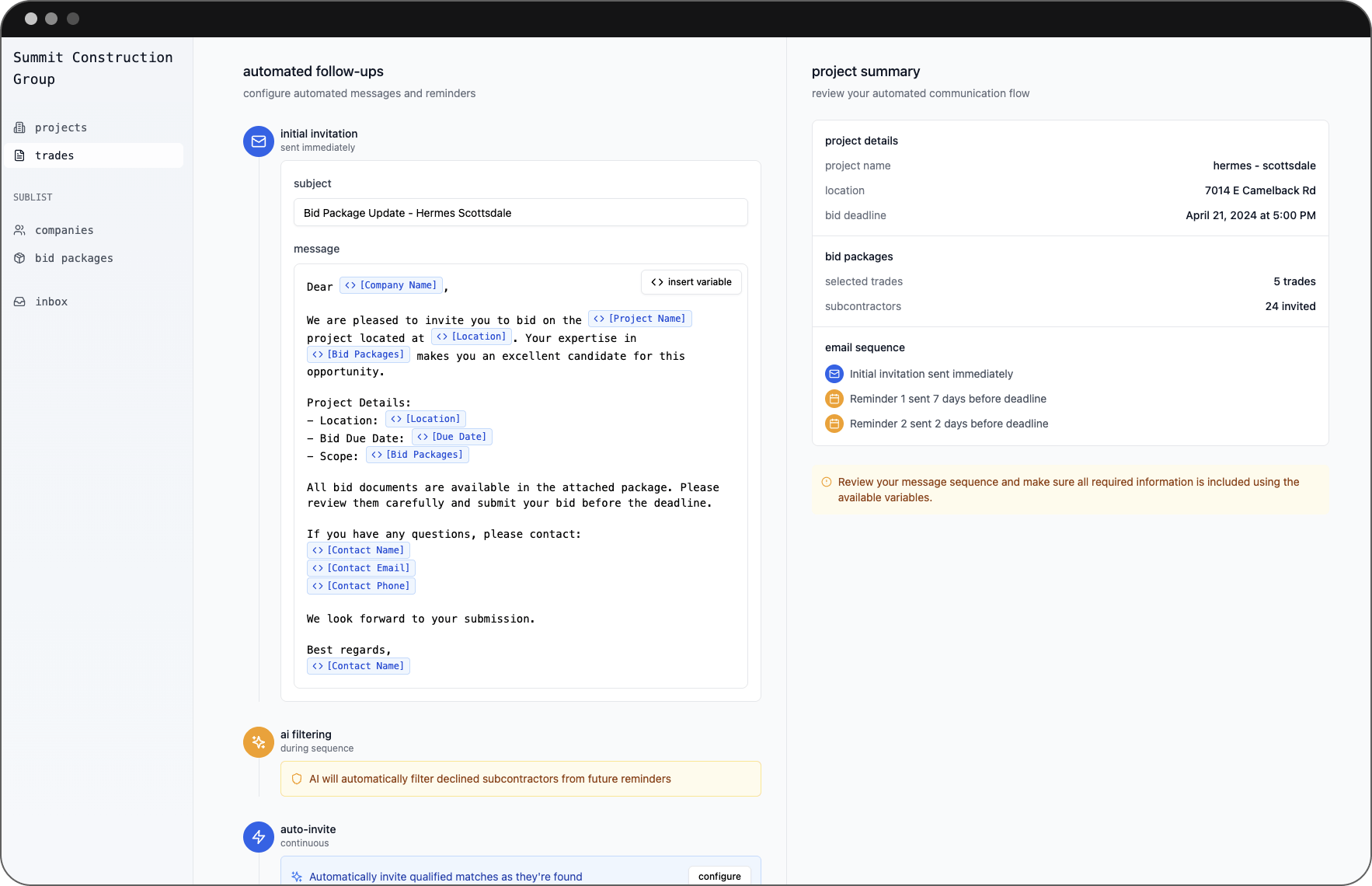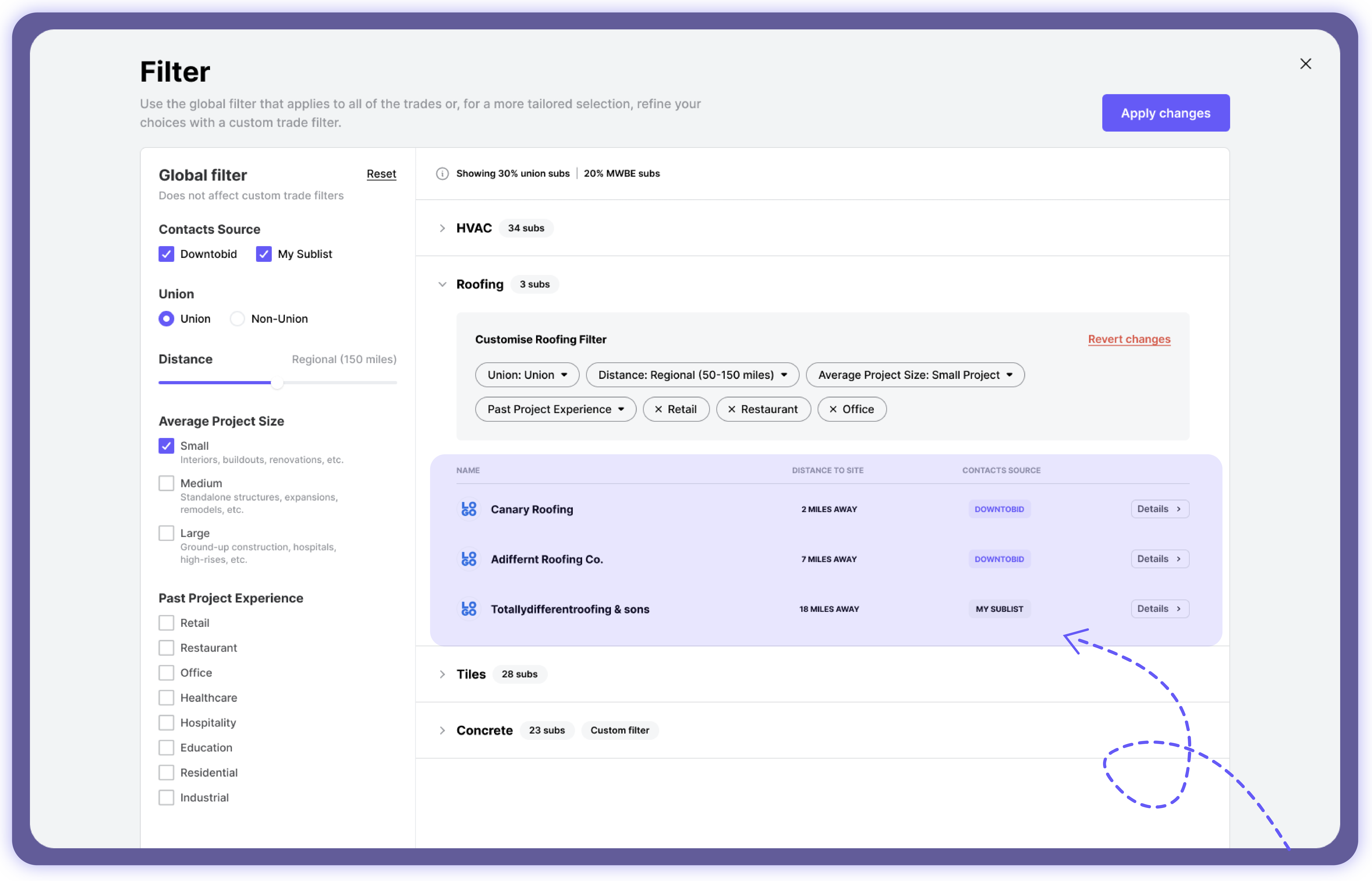For decades, construction has stuck to its old-school methods – think clipboards, piles of paperwork, and endless Excel spreadsheets.
But times are changing.
The industry, once hesitant to break free from its familiar routines, is finally opening its doors to Artificial Intelligence. In fact, studies predict that the construction industry will have invested a whopping four billion dollars in AI by 2026.
Why the sudden shift?
AI is revolutionizing how construction projects are designed, carried out, and managed – basically every aspect of the building process.
Even though it isn’t hammering nails or assembling apartments just yet, it's tackling the biggest headaches in construction like controlling costs, improving safety, and avoiding project overruns.
In this guide, we'll focus on AI for construction drawings and show you how it is changing this crucial part of preconstruction. We'll also introduce you to a powerful tool that uses AI to make the preconstruction process smoother and less stressful.
Note: If you want to leverage AI to identify bid packages in drawings and create custom subcontractor invite lists, try Downtobid. Our software allows you to turn plans into bid invites in minutes. Try us out here.
Key Takeaways
- AI is replacing construction's old methods with $4 billion investment expected by 2026.
- Downtobid's AI automatically identifies bid packages and matches qualified local subcontractors.
- AI handles repetitive tasks and data analysis but fails with non-standard plans.
- AI tools complement human expertise rather than replacing experienced professionals.
- Automated bid invitations increase response rates by 30%.

What is DowntoBid?
Not to blow our own trumpet here, though, but when it comes to AI-powered bidding platforms, few can match the effectiveness of Downtobid. And in just a moment, we'll show you why.
Downtobid is an AI-powered construction bid management platform that helps GCs automatically find qualified local subcontractors, and send personalized bid invites.
Here are a few reasons why Downtobid is the best AI bid invitation software for construction professionals.
Gain Access to the Right Subs
After receiving bid packages and logging in, our platform doesn't just leave you on your own. We also provide you with a curated list of recommended local subs — a list that's tailored to your project's trade and location.
You can either invite your preferred subs or explore our extensive subcontractor network for additional options.
To find the right sub for the job, you can use criteria like:
- Trades performed
- Area of work
- MWBE status
- Union/non-union status
- Average project size
- Past projects
- Estimating decision makers (emails & phone numbers)
To top it off, our AI can also suggest an optimal bidding schedule to forward your ITBs, ensuring you're not just reaching out blindly but strategically. The result? Higher response rates.

Better Readability and Summarization
Specs can be a pain to read, especially with lengthy text. Nobody wants to sift through a 500-page set of architectural plans when time could be better spent elsewhere.
Our platform offers a solution by condensing specs into manageable summaries. For each bid package, it highlights scope details and the exact location of the scope on the plans. This way, subs can understand their responsibilities and the scope without an exhaustive page-turn.

Personalized Invitations to Bid
Even in an industry as technical as construction, building authentic relationships is still important. However, existing platforms often limit you to sending generic, impersonal bid invitations that lack a human touch.

But we don't settle for one-size-fits-all. Our platform generates tailored bid invitations that address subs by name, reference their project history, and acknowledge their trade expertise right from the outset. They also include clear scope summaries that enable subs to quickly assess their fit for the project without diving into the entire plan.

It's a win-win for both you and potential subs.
Subs receive ITBs that align with their experience, eliminating wasted time on proposals for projects beyond their capabilities. You save time that you'd otherwise spend clarifying project details with back-and-forth emails.
Try Downtobid For Free
Getting started with our platform won't cost you a dime. Our free plan provides unlimited access for your whole team, and currently, you can start working on two active projects at once.
Sign up today to accelerate the bidding process, save time analyzing construction plans, and improve subcontractor engagement.
In fact, users report a 30% increase in response rates using our platform. Try us out for free here.
Streamlined Bidding for Better Results
We eliminate bid-day chaos with real-time coverage updates that keep both GCs and subcontractors informed. No more surprises—subs can quickly assess projects and respond decisively.
Our targeted plan management delivers only relevant documents to each trade, cutting through the noise and accelerating the bid process. When you update documents or scope, everyone is instantly notified, with confirmation of who's reviewed the changes.
Our focused AI tools handle routine follow-ups and scope detection, freeing you to build stronger relationships with your subcontractors. This creates a friction-free environment that works equally well with trusted partners and new connections.
The result? Better sub engagement, less planroom frustration for subs, and complete control over your projects—whether you're managing a single negotiated job or multiple competitive bids.
AI's Role in Construction
As we've mentioned, AI is already playing a big role across the entire construction project lifecycle. From the initial brainstorming sessions through design, bidding, financing, and operation, all the way to asset management, AI is making its mark. It helps improve accuracy, speed, and efficiency in an industry that has often faced bloated project timelines and wasteful practices.
And let’s not forget AI for construction documents—it's like a superhero for tackling mountains of paperwork. By whipping through specs, contracts, and plans, it catches errors and frees up your team to focus on the big picture, not the fine print.
But there's a lot more nuance to this, and it can be tempting to get carried away. Despite its potential, AI isn't a silver bullet that can solve all estimating and construction challenges.
It's, therefore, important to temper expectations and understand both its capabilities and shortcomings. AI in construction estimating and project management .
What AI Gets Right
Here's where AI shines in construction:
Handling Grunt Work
AI excels for construction plans and managing repetitive tasks related to identifying required scopes, and extracting specified line items from key notes. Automating mundane administrative duties allows architects and designers to devote their time and expertise to solving more complex problems.
Data Analysis
AI can sort through documents, analyze work orders, and spot important details quickly and accurately. Deep machine learning enables AI to tap into existing datasets and product information, accelerating the construction design process. This means less room for mistakes
Alignment Between GCs & Subs
AI facilitates better alignment on scopes between project stakeholders, general contractors, and subcontractors, fostering real-time collaboration.
Detecting Human Errors
AI can quickly pinpoint discrepancies, allowing construction teams to make informed decisions.
Data Organization
It's effective in turning complex data into something structured. For example, it can pull material schedules, like light fixtures and RTUs, and organize them neatly in an Excel sheet for easier communication with vendors.
Where AI Falls Short
Here are some of AI's limitations:
Non-Standardized Plans
AI thrives in ideal conditions, but the real world of construction plans is far from perfect. Each project has unique details or complexities that AI algorithms may struggle to handle.
When plans deviate from the expected format, AI may encounter difficulties in accurately interpreting the data, leading to errors in estimates or analyses.
Expertise and Intuition
AI cannot replace the expertise and intuition of experienced contractors and estimators. For example, understanding the trade-offs between materials, identifying missing details in plans, and making critical decisions based on years of industry knowledge. Such decisions require human judgment and expertise that AI currently lacks.
Lost Context
Construction plans contain a lot of information, from schedules to specifications. However, AI often lacks the ability to discern context within these plans. It can, for instance, fail to differentiate between boilerplate general notes and crucial specifications. This limitation hampers its ability to provide valuable analyses, and you can generally expect unreliable results as a result.
That said, AI's true potential isn't about replacing construction professionals completely but rather complementing their human expertise. In fact, several AI tools are already making a difference in this regard, allowing architects, engineers, and estimators to direct their attention to higher-leverage activities in the construction process.
AI Construction Tools
Every minute spent on manual tasks is a minute lost to productivity and profit.
Fortunately, a lot of AI construction tools have emerged to address this issue, catering to different stages of the construction lifecycle.
Innovative software like mbue, Kreo Software, Togal, and Civils are doing a great job helping quantity surveyors, estimators, contractors, architects, and others save time on accurate takeoffs, construction bidding, project management, and quality control.
Frquently Asked Questions
Why is AI finally gaining traction in the construction industry?
For decades, construction relied on clipboards and spreadsheets, but that’s changing fast. With a projected $4 billion investment by 2026, AI is stepping in to solve painful problems like cost overruns, safety concerns, and project delays. It's not replacing workers but is streamlining workflows and boosting accuracy across the board.
How does Downtobid use AI to improve the bidding process?
Downtobid leverages AI to scan construction drawings and instantly identify bid packages. It then sends personalized, targeted bid invites to the best subcontractors in your area, saving time and improving bid response rates by around 30%. It’s like having a super-smart assistant handling your subcontractor outreach for you.
What are AI's biggest strengths and limitations in construction?
AI shines at handling repetitive tasks, analyzing data quickly, and spotting potential errors in plans. But it struggles with non-standard or complex drawings and can’t replace the deep experience and intuition of seasoned estimators. AI is a powerful tool that complements expert judgment rather than replacing it.